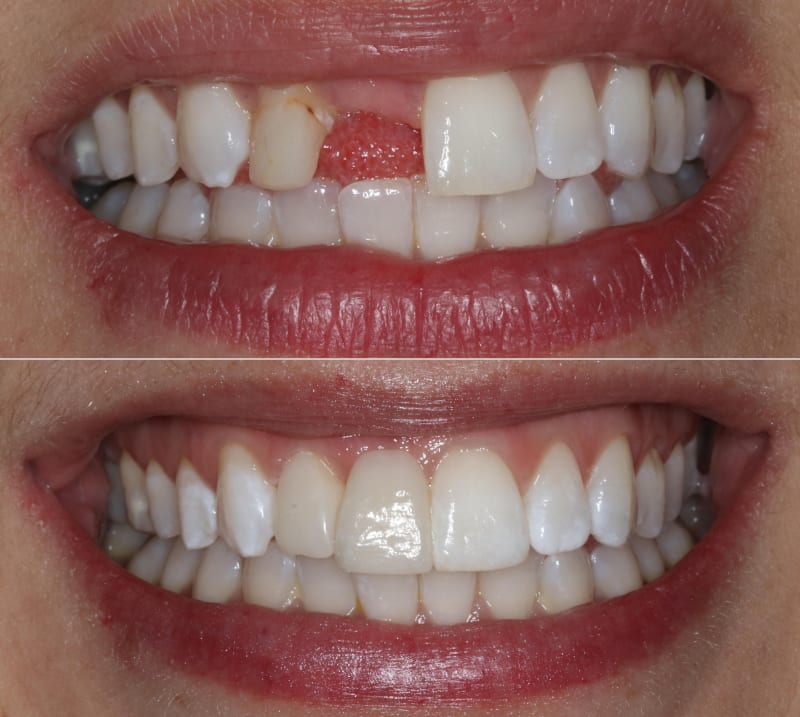Oral hygiene
The Importance of Oral Hygiene
Oral hygiene is an essential part of maintaining good health. It is essential to take good care of your teeth and gums to avoid various dental problems, including tooth decay, gum disease, and bad breath. In this article, we will discuss the importance of oral hygiene and tips to maintain good oral health.
Oral hygiene is essential for several reasons. First, poor oral hygiene can lead to tooth decay. Tooth decay occurs when plaque, a sticky film of bacteria, builds up on your teeth and produces acid that damages your tooth enamel. If left untreated, tooth decay can lead to cavities, which can be painful and lead to more severe dental problems.
Second, poor oral hygiene can lead to gum disease. Gum disease is an infection of the gums caused by bacteria. If left untreated, gum disease can lead to periodontitis, which can cause tooth loss. Additionally, research has shown that gum disease can be linked to other health problems, including heart disease, diabetes, and respiratory disease.

Finally, poor oral hygiene can cause bad breath. Bad breath, also known as halitosis, can be embarrassing and affect your self-confidence.
Tips for Maintaining Good Oral Health
-
Brush your teeth twice a day: Brush your teeth in the morning and before going to bed. Use a fluoride toothpaste and a soft-bristled toothbrush. Brush for at least two minutes, using a circular motion.
-
Floss daily: Flossing removes plaque and food particles from between your teeth and under your gum line. Use a gentle back-and-forth motion to remove the plaque and food particles.
-
Use mouthwash: Mouthwash can help kill bacteria and freshen your breath. Look for a mouthwash that contains fluoride and kills bacteria.
-
Limit sugary and acidic foods and drinks: Sugary and acidic foods and drinks can cause tooth decay. Limit your intake of these foods and drinks and brush your teeth after consuming them.
-
Visit your dentist regularly: Visit your dentist at least twice a year for a check-up and professional cleaning. Your dentist can identify and treat dental problems before they become more severe.
Tooth cleaning and decay
Tooth decay is the most common global disease. Over 80% of cavities occur inside fissures in teeth where brushing cannot reach food left trapped after eating and saliva and fluoride have no access to neutralize acid and remineralise demineralised teeth, unlike easy-to-clean parts of the tooth, where fewer cavities occur.
Teeth cleaning is the removal of dental plaque and tartar from teeth to prevent cavities, gingivitis, gum disease, and tooth decay. Severe gum disease causes at least one-third of adult tooth loss.
Dental sealants
Dental sealants, which are applied by dentists, cover and protect fissures and grooves in the chewing surfaces of back teeth, preventing food from becoming trapped and thereby halt the decay process. An elastomer strip has been shown to force sealant deeper inside opposing chewing surfaces and can also force fluoride toothpaste inside chewing surfaces to aid in remineralising demineralised teeth.
Tooth brushing
Between cleanings by a dental hygienist, good oral hygiene is essential for preventing tartar build-up which causes the problems mentioned above. This is done through careful, frequent brushing with a toothbrush, combined with the use of dental floss or interdental brushes to prevent accumulation of plaque on the teeth. Powered toothbrushes reduce dental plaque and gingivitis more than manual tooth brushing in both short and long term.
Sources of problems
Dental plaque – also known as dental biofilm, is a sticky, yellow film consisting of a wide range of bacteria which attaches to the tooth surfaces and can be visible around the gum line. It starts to reappear after the tooth surface has been cleaned, which is why regular brushing is encouraged. A high-sugar diet encourages the formation of plaque. Sugar (fermentable carbohydrates) is converted into acid by the plaque. The acid then causes the breakdown of the adjacent tooth, eventually leading to tooth decay.
If plaque is left on a subgingival (under the gum) surface undisturbed, not only is there an increased risk of tooth decay, but it will also go on to irritate the gums and make them appear red and swollen. Some bleeding may be noticed during tooth brushing or flossing. These are the signs of inflammation which indicate poor gum health (gingivitis).
The longer that plaque stays on the tooth surface, the harder and more attached to the tooth it becomes. That is when it is referred to as calculus and needs to be removed by a dental professional. If this is not treated, the inflammation will lead to the bone loss and will eventually lead to the affected teeth becoming loose.
Preventative care
Routine tooth brushing is the principal method of preventing many oral diseases, and perhaps the most important activity an individual can practice reducing plaque build-up. Controlling plaque reduces the risk of the individual suffering from plaque-associated diseases such as gingivitis, periodontitis, and caries – the three most common oral diseases.
The average brushing time for individuals is between 30 seconds and just over 60 seconds. Many oral health care professionals agree that tooth brushing should be done for a minimum of two minutes and be practiced at least twice a day. Brushing for at least two minutes per session is optimal for preventing the most common oral diseases and removes considerably more plaque than brushing for only 45 seconds.
Toothpaste with fluoride is an important tool to readily use when tooth brushing. The fluoride in the dentifrice is an important protective factor against caries, and an important supplement needed to remineralise already affected enamel.
Flossing
Tooth brushing alone will not remove plaque from all surfaces of the tooth as 40% of the surfaces are interdental.
One technique that can be used to access these areas is dental floss. When the proper technique is used, flossing can remove plaque and food particles from between the teeth and below the gums.
Interdental brushes
Interdental brushes come in a range of color-coded sizes. They consist of a handle with a piece of wire covered in tapered bristles, designed to be placed into the interdental space for plaque removal.
Studies indicate that interdental brushes are equally or more effective then floss when removing plaque and reducing gum inflammation.
In conclusion, oral hygiene is essential for maintaining good health. By following the tips mentioned above, you can maintain good oral health and prevent dental problems. Remember to brush your teeth twice a day, floss daily, use mouthwash, limit sugary and acidic foods and drinks, and visit your dentist regularly. By doing so, you can have a healthy, beautiful smile for years to come.



